B. Supply List and Cut Pieces for the Saya Encordada
It has occurred to me that I haven’t properly introduced myself. For those who haven’t guessed by now, I am Ana de Guzmán, more poet than performer and lamentably not as good a seamstress as I should be, hence my presence here. Again, both of my abuelas are agreeing with me from el Cielo. I continue now with the list of my supplies, and the cuts I have made, and the reason for my creating sub-patterns for the saya in particular.
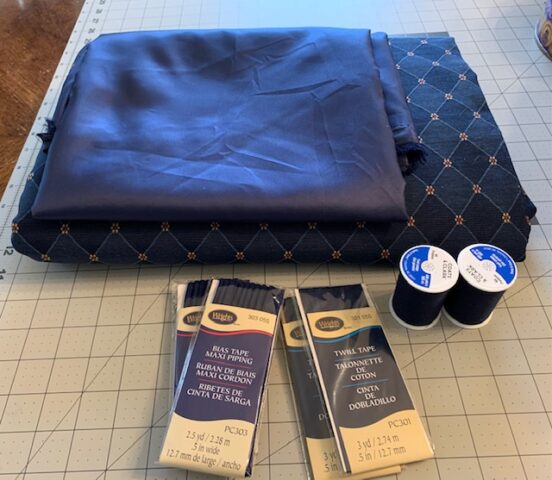
The saya encordada will be made from:
- 4 yards of cotton-polyester brocade, with a geometric pattern (budget dictated the fabric choice, but the aesthetic of my ancestral culture dictated the design)
- 4 yards of a matching polyester liner with a silky feel (again, budget)
- Matching thread just because I had it.
- 6 yards matching cotton-poly twill tape to create an eyelet tape for the cording on the saya‘s left side, and to help with hemming.
- 5 yards of piping for the neck and the deep armhole, to make those more stable
I may or may not use the piping, because I cannot find record of use of piping any earlier than the 19th century. I would appreciate any feedback about this, please.
1. The Front and Back Panels


2. The Side Wedge Panels and Their Cuts
a. The Left Side Wedge with Sub-Pattern Placed Before Cut
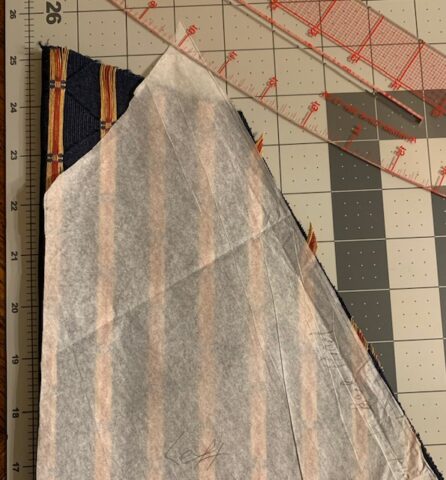
b. The Left Side Wedge After Cut
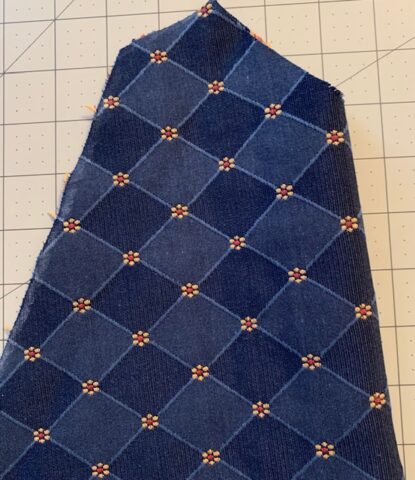
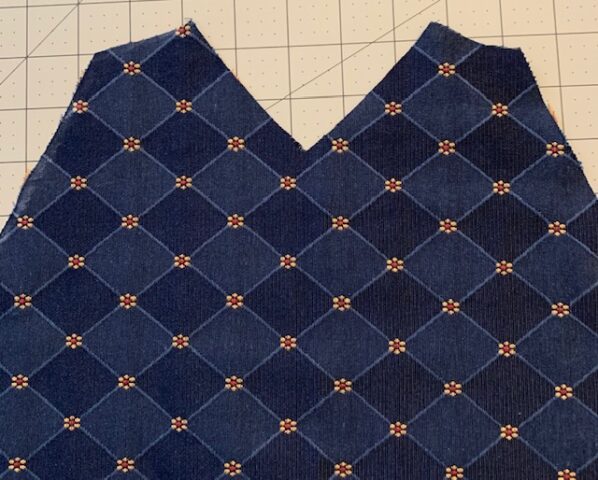
c. The Right Side Wedge, Folded
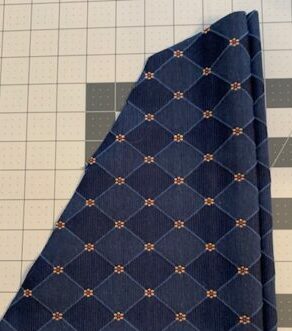
The liner is cut identically to the fabric. Sewing will start shortly.


Good evening from one of your judges! I am very much looking forward to seeing how your project turns out. I made a complete set of clothing based on these finds about 20 years ago, and a pellote for a craft exchange about 10 years ago. Are you drafting from (more or less) the proportions of the extant garments? I recall that the saya is rather long and the pellote is rather wide–just curious as to how you will approach them.
Good evening to you as well! The pellote *seems* wide because the front and back panels from shoulder to hip are quite narrow. I initially saw how wide the panel was for a “costume pattern” from McCall’s, and I will be discussing that when I reach the pellote portion of the project. I had drafted as best I could by making the top portion of the pellote as narrow as I could dare to, and then went back out from there.
Maestra Ana! I now feel silly for introducing myself in my comment on your last post, but I hadn’t realized it was you. I certainly don’t think of you as una vieja! 🙂
I think your supposition that piping would be anachronistic for these garments is probably on the ball. Were you able to attend the Colegio de Iberia last year? One of the classes was from a lady in Lochac who had done an in-depth analysis of some of the 13th century burial garments. I don’t recall her mentioning anything about how the edges were finished. However, your thought to use twill tape as reinforcement for the eyelets is a good one. You could use something similar to help prevent stretching of the armhole and neck edges as well, but you would probably need to use steam to shape it into more of a curve in order to get it to lay well.
No te preocupes, mi amigo. Thank you for the kind words.
If I am remembering correctly, at least on of the men’s Pellotes from that burial site has leather bindings around the armholes. I need to dig up my book.
Dulcinea
That is interesting. Please let me know what book this is, as I am curious.